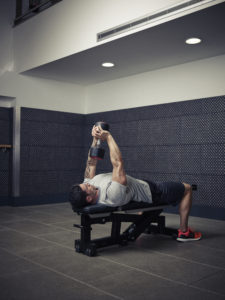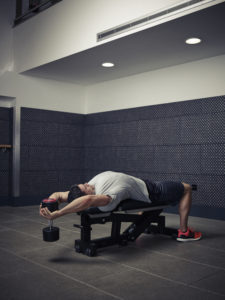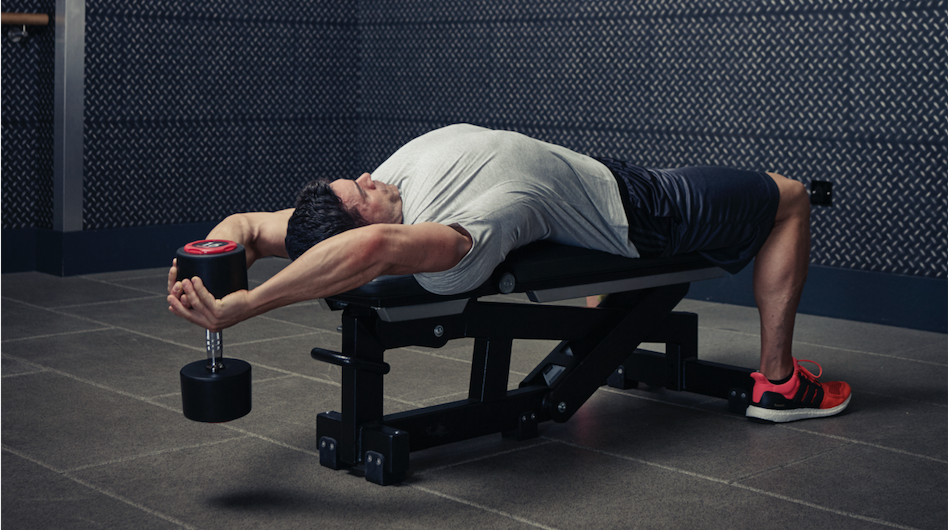How to do the dumbbell pullover
Master the dumbbell pullover – one of the few exercises to work your chest and back simultaneously – to transform your torso and build a more athletic body, says New Body Plan’s Joe Warner
The dumbbell pullover is an increasingly rare sight in most gyms these days. It used to be a staple exercise during the golden age of bodybuilding used by Arnold Swarzenegger and his contemporary rivals to build serious upper body size, strength and definition.
The move’s disappearance from modern gyms is a real shame, especially for you if you never do it. Why? Because you’re missing out on one of the easiest and most effective ways to add lean muscle mass across the whole of your torso.
The chest and tricep workout for a broader chest and bigger arms
The dumbbell pullover is one of the best upper-body exercises because it works your pectorals (chest) and latissimus dorsi (lats) at the same time.
It also hits your serratus anterior (those finger-like muscles on each upper side of your rib cage whose visibility means you’re both getting lean and know how to lift weights properly), and to a lesser extent your triceps and anterior deltoids.
The fact it works all these very important muscles at the same time, building muscle size and definition where you want it most, means including dumbbell pullovers in any chest-and-back split, or in an upper-body session, is a no-brainer decision if you want the most effective possible workout.
Here’s how to do the dumbbell pullover so you can start making major changes to your physique!
How to do the dumbbell pullover
Targets: Chest, lats, serratus anterior


Lie flat with your glutes and upper back pushed hard into the padded bench, with your feet planted firmly on the floor. Hold a dumbbell in both hands with straight arms directly above your chest. This is the start position.
From there, slowly lower the weight back and down behind your head in a smooth and controlled arc until you feel a good stretch in your lats (the upper sides of your back).
Don’t lower it too far back or you’ll risk damaging your delicate shoulder joints.
Reverse the smooth arc movement to return the weight back over your chest to return to the start position. That’s one rep.
Find your perfect fat-loss plan!
Take the New Body quiz!

